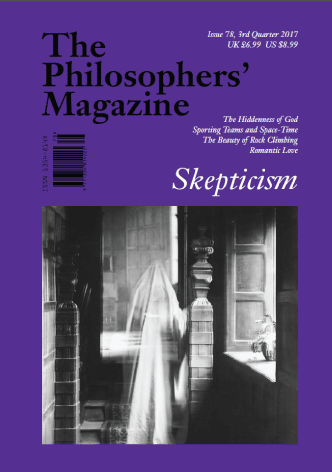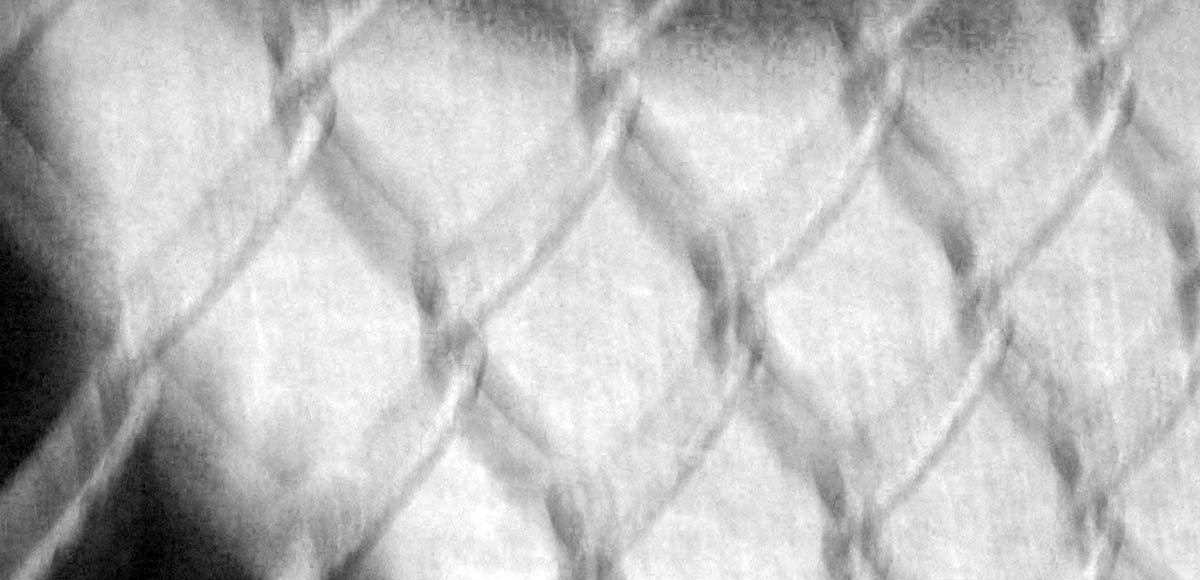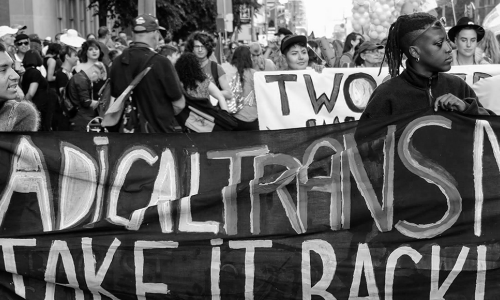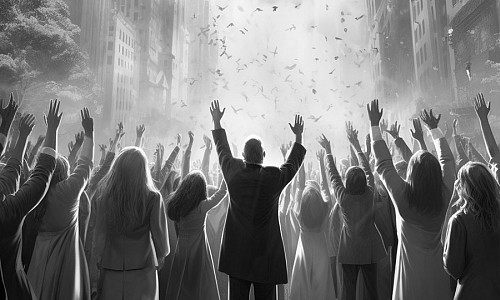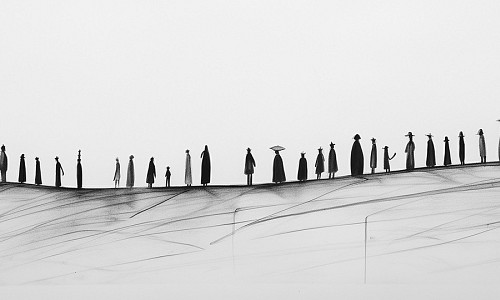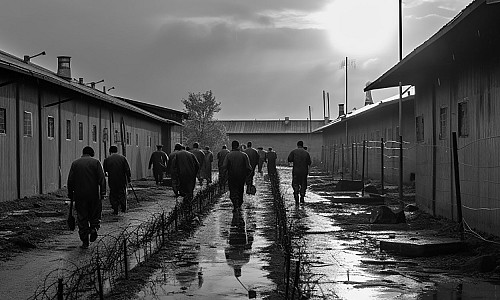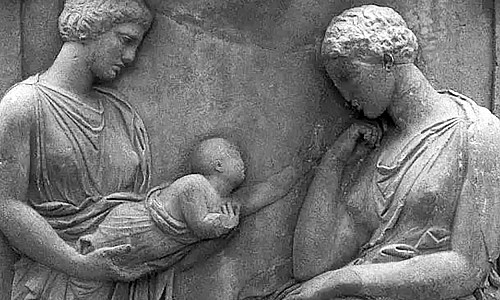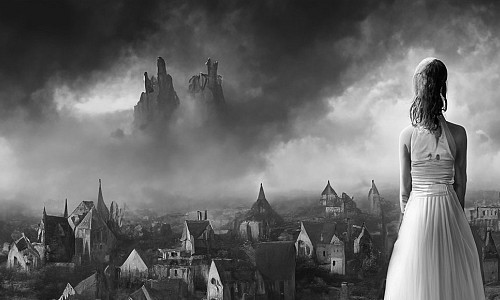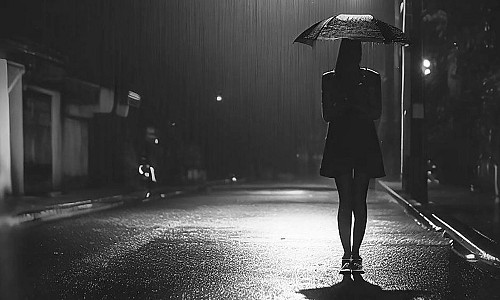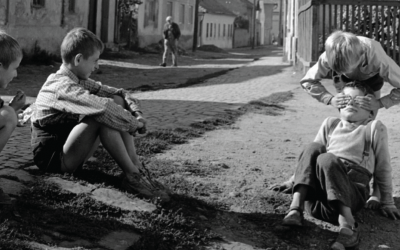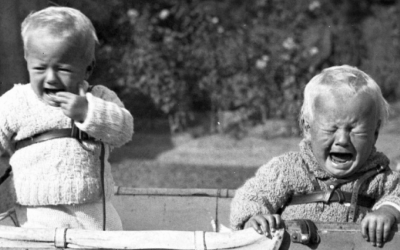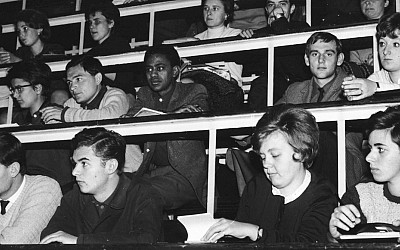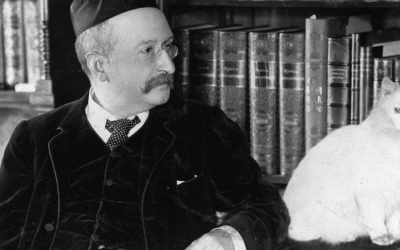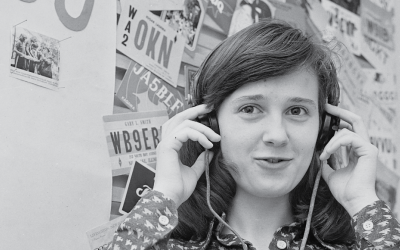Krista Thomason reviews Andy West's memoir of prison, family and philosophy.
People at the institution where I teach are often concerned with questions of social justice. They have conversations on campus where they ask well-meaning questions about how, as people with power and privilege, they might be able to help “those who are less fortunate.” Several years ago, during one of these conversations, I stopped listening and started imagining a wheat field. On the stalks were the faces of my family and my friends from my home town. I pictured them with exaggerated sad eyes and clothing like nineteenth-century street urchins. They wailed softly, as they swayed back and forth, helplessly stuck waiting for brave others to come and save them. The image made me laugh. I still conjure it whenever I’m in a conversation where my interlocutors don’t realize that I come from the kinds of communities they want to help. It’s an odd feeling to be talked to and talked about at the same time. It feels like you’re standing in a spotlight, except you’re the only one who knows it.
Andy West’s life is not my life. I don’t know how my blue-collar hometown in the U.S. compares to the place he grew up. I only had one relative who went to prison – a distant one I never met. But, having read his excellent philosophical memoir, The Life Inside, I know that he knows what it’s like to stand in a secret spotlight. The Life Inside tells West’s own story about growing up with a father, brother, and uncle in prison. It also tells the story of teaching philosophy in prisons. The chapters are organized by philosophical themes like “Shame,” “Time,” or “Love.” In each chapter, West recounts the conversations he has with his students on the topic and weaves them together with scenes from his own life.
A handful of philosophical memoirs have come out recently: Travis Reider’s In Pain, which details his own struggle with opioids, John Kaag’s Sick Souls, Healthy Minds, which weaves together the work of William James with Kaag’s experiences of depression, and Lea Ypi’s Free, which tells the story of living through the fall of communist rule in Albania. If this counts as a resurgence of memoir as a philosophical medium, I’d be glad for it. Philosophers who are sceptical of memoir as a vehicle for philosophical reflection would do well to remember its long history. Michel de Montaigne’s Essays, Jean-Jacques Rousseau’s Confessions, Frederick Douglass’ My Bondage, My Freedom, and Simone de Beauvoir’s Memoirs of a Dutiful Daughter all blend philosophical reflection with autobiography. You’d be hard-pressed to find people willing to dismiss them as mere personal narrative. Even those of us who don’t write memoirs draw on our own lives more than it might seem. The fictional people in my professional journal articles are often idealized versions of real people, and my ideas spring from classroom conversations, news stories, and interpersonal relationships. I suspect the same is true for most philosophers. Most of us hide the origin stories of our ideas for publication, but philosophical memoirs make them a feature. In both cases, real human experience is the raw material.
West’s memoir contains two main sources of philosophical reflection: his own life and the work he does in prisons. West’s stories about himself beautifully animate many of the philosophical questions that have been central to my own life and work: How do I make sense of all the parts of who I am, especially the ones that I don’t get to choose? What is my relationship to my past? What do you do when part of your identity feels alienated from you?
One of the richest themes in the book is West’s own struggle with what he calls the executioner in his head. It begins around the time he cuts ties with his father and changes his name to end any association with him. A friend gives West a gift and his first response is guilt. He imagines that “people would find out who I really was and they would no longer want to give me their friendship, kindness, or love.” The executioner puts him in a “Kafka-bind, whereby arguing for my innocence only confirmed I had something to hide.” What West describes here is fairly characterized as a battle of shame. Borrowing from my own work, I would say that he experiences a conflict between two features of his identity: how he sees himself and the part of him that is shaped by his family. West’s shame is a continually pressing internal question about who he really is.
I can’t say for sure, but I suspect West has had the following encounter more than once: perhaps he’s confided in someone that he feels the weight of the executioner’s judgment inside him. That person responds, with compassionate designs, that he has no reason to feel this way. “You’ve done nothing wrong,” they might say, “your father’s actions aren’t yours.” They try to reassure him that there’s nothing to be ashamed of. The sympathetic voices mean well, but they entirely miss the point of this kind of shame. Such voices make the assumption that feelings of shame are merely false beliefs. Poor West, they assume, mistakenly thinks his father’s actions reflect something about him. If we can help him correct this false belief, all will be well and his shame will be healed.
West’s memoir beautifully illustrates how feelings of shame like this aren’t just about false beliefs. They arise from a complicated, protracted question about how much of our identities are up to us. No matter how many degrees I collect or how much success I achieve, there is somewhere in the back of mind a voice that says I will never be anything better than the poor kid from the poor town. It is a failure to properly understand the complexities of people’s identities to think that these painful feelings can just be corrected or that they can be wiped away by sheer self-confidence. Shame is there because we don’t always know who we are. Parts of our identities are pitted against each other and shame is a testament to the ongoing conflict. West doesn’t sugar-coat his struggles with shame; it’s painful to live with the executioner. Sympathetic observers want to help eliminate the pain, but it doesn’t help when they claim the conflict isn’t real.
West’s family plays a prominent role in his conflict. Anyone who is interested in thinking philosophically about complex family relationships will find much to ponder in these parts of the book. Some of the particularly touching moments are the stories West tells about visiting his Uncle Frank at his grandmother’s house. Frank repeats stories from his past life of crime as well as tales from prison. What I love about some of the scenes is the joy in them. The joy isn’t unqualified – there is a sadness to them as well. But there is also genuine laughter, in exactly the way you would expect when one of your colourful relatives starts telling tall tales around the table. The reason I love these scenes is because they are miles away from the image of the wheat field. West’s family and community is alive on the pages; their challenges and hardships are there, but so is their love and connection. When people talk about “those less fortunate,” the image that often gets painted is a two-dimensional one where suffering is always in the foreground. It blots out the happiness and playfulness that also exists in those lives. In doing so, it also denies them depth and complexity. West’s book corrects that image and illuminates the fullness that has always been there. There are no helpless stalks of wheat in The Life Inside. There are just human beings – miraculous combinations of good and bad luck as well as good and bad choices who are kept aloft by love, forgiveness, hope, and determination.
The other source of philosophical reflection in West’s book is the teaching he does in prisons. His job isn’t easy, because of all the challenges you’d suspect – having to make sure the materials meet prison guidelines, dealing with disruptions due to lockdowns, and needing to make space for free thinking in the midst of an all-encompassing security system. A small sceptical voice in my head has always worried that prison education programs see incarcerated people as wheat: those of us out here should bring the light of education to the poor helpless souls inside. One of the best things about The Life Inside is the way that myth get dispelled. West opens the book with a scene from his first time teaching in prison. He rearranges his co-teacher’s lesson plan because he thinks the material won’t be “accessible” enough. To his surprise, one the students in the class corrects his account of Locke’s arguments about personal identity and another starts comparing Locke to Rousseau. If West, despite having family members who served time in prison, is susceptible to false assumptions about his incarcerated students, imagine what assumptions the general public falls prey to.
As you read, you get to follow the conversations in West’s classes and learn his students’ answers to the questions he poses. One of the conversations in the “Stories” chapter is about Caravaggio’s painting David with the Head of Goliath. West explains the background of the painting: Caravaggio, who spent most of his life in trouble with the law, kills Ranuccio Tomassoni in a duel in 1606. He flees Rome while his high-powered friends try to intervene on his behalf, as they have with his previous skirmishes. This time they don’t succeed, so Caravaggio paints David and sends it to the chief justice administrator in Rome as a way of pleading for clemency. The painting is a double self-portrait: the face on the head of the slain Goliath and the face of David are both Caravaggio’s. Inscribed on the sword are the letters H-AS OS, which stands for “humility kills pride.” West poses the question to the class: does Caravaggio deserve a second chance? His students disagree. One of them, Tommy, who has been working on his own drawing skills, argues that Caravaggio’s painting is not really remorseful. Tommy says, “The painting is too composed. The giant and the boy. The light and the dark. He’s relying on his talent instead of facing the remorse.”
When I reached this scene in the chapter, I put the book down and pulled the image of the painting up on my computer. I knew the story and had assumed all along that the painting was a genuine expression of Caravaggio’s remorse. Tommy’s answer made me see it in a way I’d never seen it before. The composition was suddenly suspect to me – is David’s downcast gaze, with its subtle mix of pity and anger, a little too perfect? Is Caravaggio just playing his audience and using his talent to make us see what he wants us to see? I was stunned that Tommy could see all this. But why was I stunned? I had my own version of West’s “accessible” moment. I was embarrassed; I should know better. One of the persistent illusions within the educated class is the idea that people who have had no access to credentialed learning are not reflective. They have to be convinced that the life of the mind is valuable. I know this is false. I’ve known too many people in my own life who are curious and reflective despite having no formal education. The conversations West has with his students illustrate this perfectly. The conversations are casual, funny, and full of colloquial language. They’re also poignant, insightful, and full of philosophical substance. Why should we expect otherwise? Philosophy’s provenance is the human condition. West himself is attracted to philosophy because it gave him “access to a second headspace, one of imagination and possibility…a bridge to different island in my mind.” This is exactly what attracted me to philosophy: it helped me see a world beyond the tiny, confining borders of my hometown. It shouldn’t be surprising that people who live within even smaller confining borders want their own second headspace. West does for his students what my teachers did for me: he opens the door and welcomes them in.
The Life Inside: A Memoir of Prison, Family and Philosophy, by Andy West (Picador), $19.64
Krista K. Thomason is an associate professor of philosophy at Swarthmore College. She is currently the Philip L. Quinn Fellow at the National Humanities Center and the author of Naked: The Dark Side of Shame and Moral Life.
You might also like...
